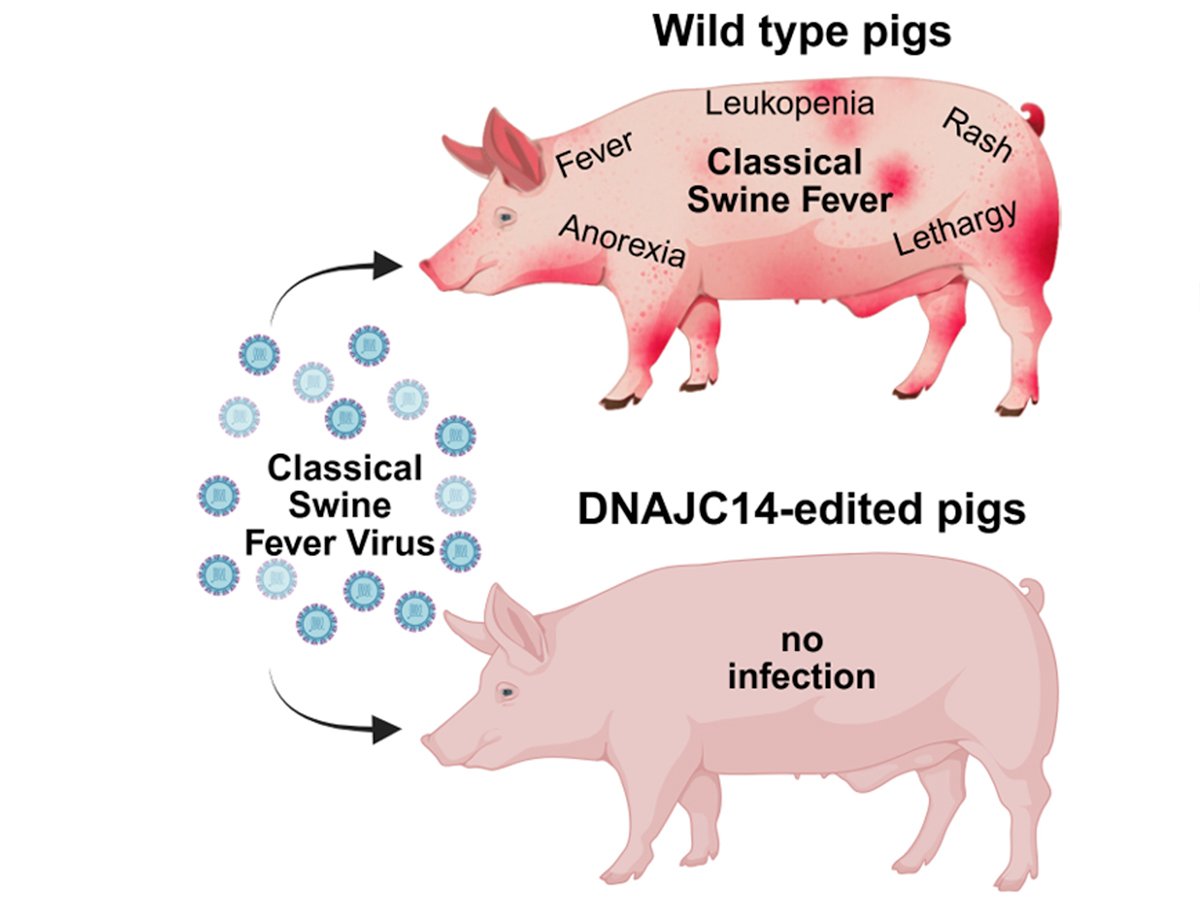A national carbon offset system must go further to recognize past efforts by Canadian farmers, says the president of the Soil Conservation Council of Canada.
Don McCabe said his organization supports a system that allows companies to buy and sell carbon offset credits on the open market, but added Ottawa should ensure that farmers are properly compensated for practices that sequester carbon in agricultural soil, such as planting shelterbelts, growing forages and practising no-till farming.
The Harper government recently unveiled details of its plan to establish a national market in carbon offset credits.
Read Also

Gene edited pig resistant to classical swine fever
British scientists have discovered a gene edit that could provide resistance to classical swine fever in pigs and Bovine Viral Diarrhea in cattle
Under the plan, large carbon dioxide emitters that exceed a predetermined threshold would be allowed to buy offset credits rather than reducing their own emissions.
Federal environment minister Jim Prentice, who released details of the federal plan June 10, said carbon offset projects established before Jan. 1, 2006, would not be eligible to participate in the carbon market.
If Ottawa sticks to that plan, the system would exclude thousands of Canadian farmers who adopted no-till or minimum till farming practices before 2006.
“For a lot of no-tillers, they started sequestering carbon a long time ago and they need to be recognized for the contributions that they’ve already been making to these offsets,” McCabe said.
“They (federal policy-makers) need to understand that Canadian farmers have been working hard on this … and we need to be recognized for our efforts.”
McCabe said SCCC and other members of the Industry Provincial Offset Group (IPOG) will pore over details of the proposed offset plan over the next few weeks.
Stakeholders and public observers have 60 days to review the plans and submit comments before Ottawa publishes final regulations this fall.
McCabe said the Jan. 1, 2006, cut-off date is particularly troubling.
“This is an issue for the Soil Conservation Council of Canada because we have farmers out there right now who are already feeding carbon credits into the Alberta compliance market and they’re using a 2002 baseline there,” he said.
“We need to get some harmonization across the board between provinces on these start dates.”
Draft documents released by Prentice in Ottawa contained details of how a carbon offset trading system would work in Canada.
They outlined which offset projects will be allowed to participate in the system, how other carbon sellers can apply for inclusion in the program and how emission reductions will be measured and verified.
Prentice said the trading system will be fully operational by Jan. 1, 2011.
He added that the federal trading system would complement a series of smaller, regional carbon markets that have popped up over the past few years, rather than duplicating or replacing them.
“The offset system, like all elements of our climate-change plan, is aimed first and foremost at reducing emission in Canada,” Prentice said.
“And we will be rigorous in ensuring that credits will only be issued for projects that actually reduce the amount of greenhouse gas emissions in this country.”
The Conservative government has pledged to reduce the country’s greenhouse gas emissions to a level 20 percent below 2006 levels by 2020.















